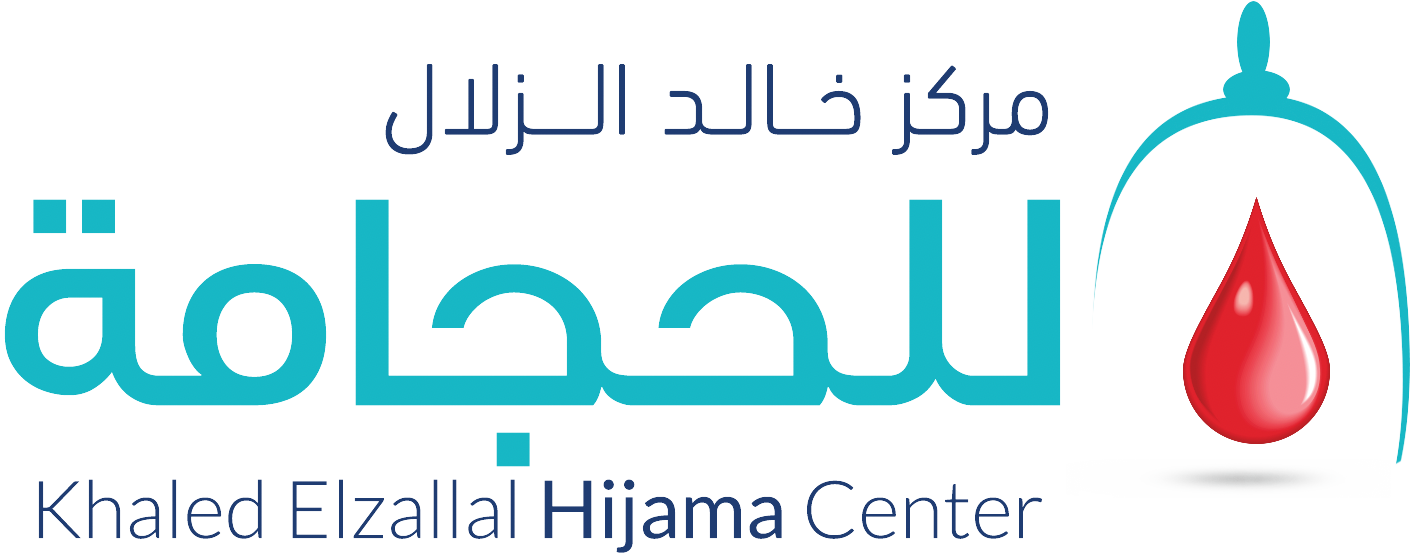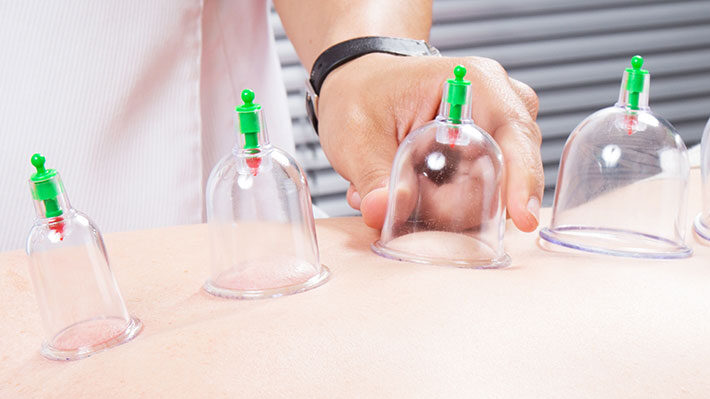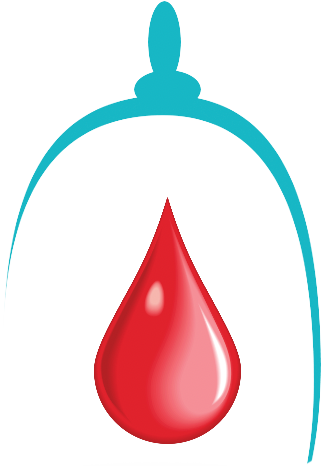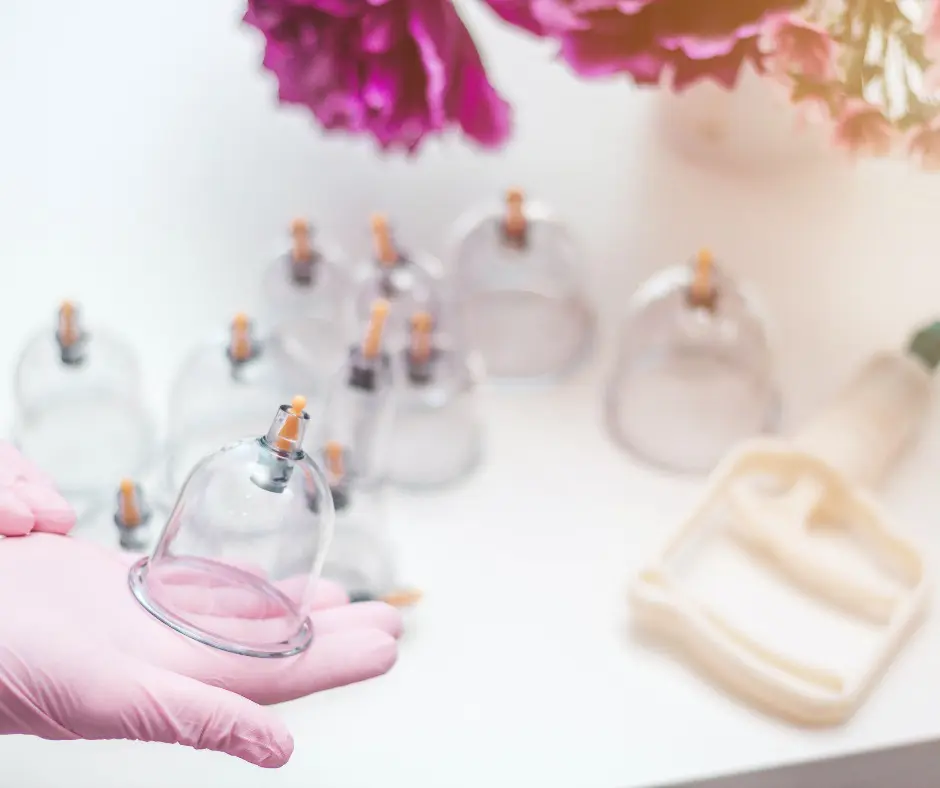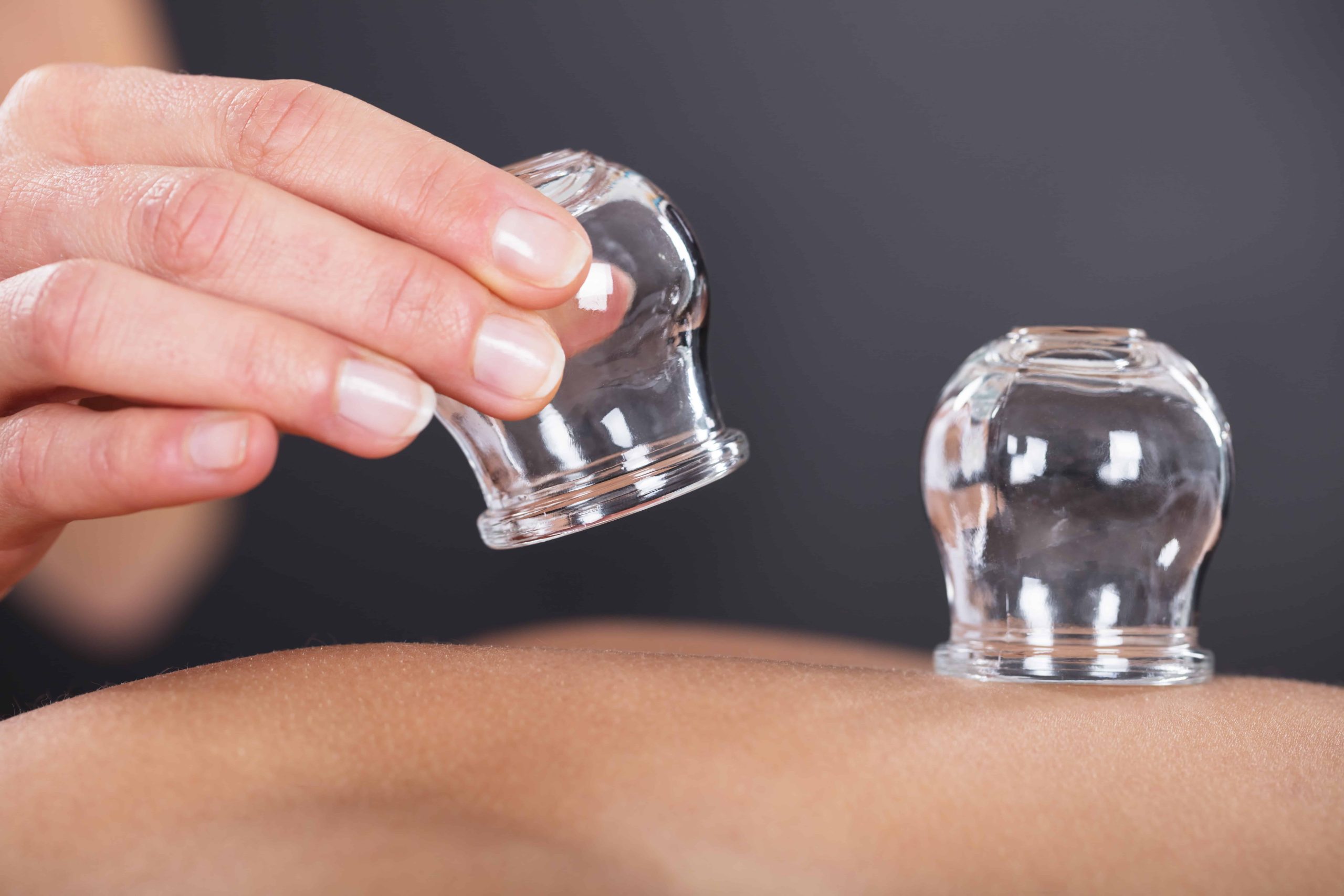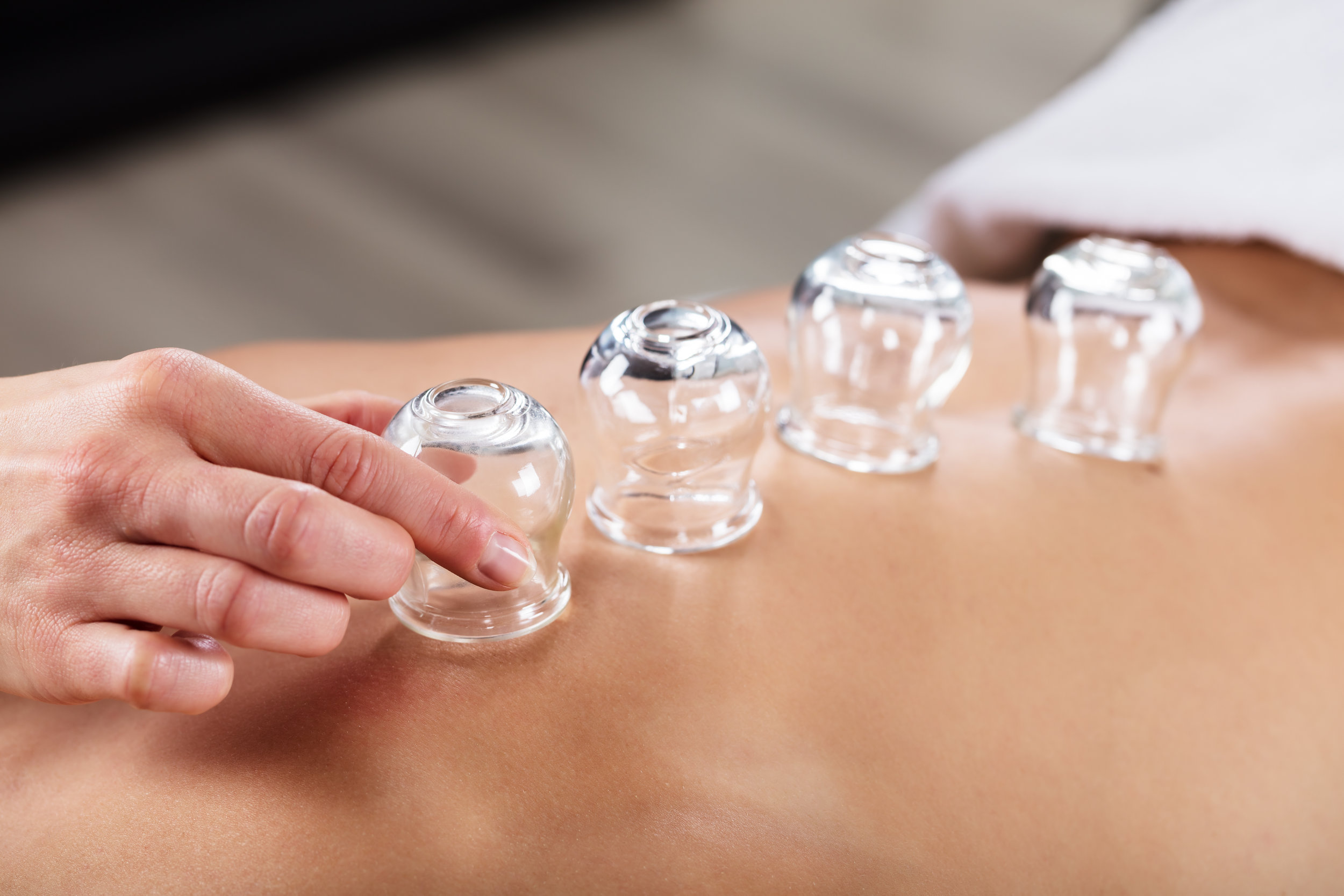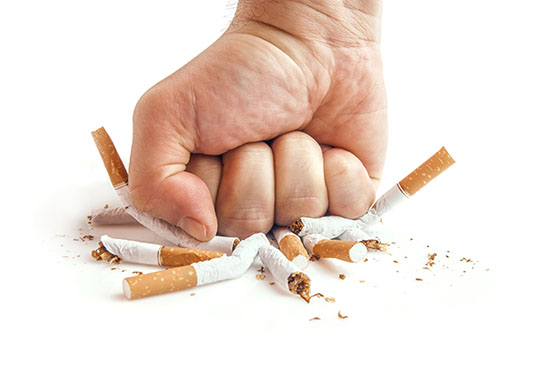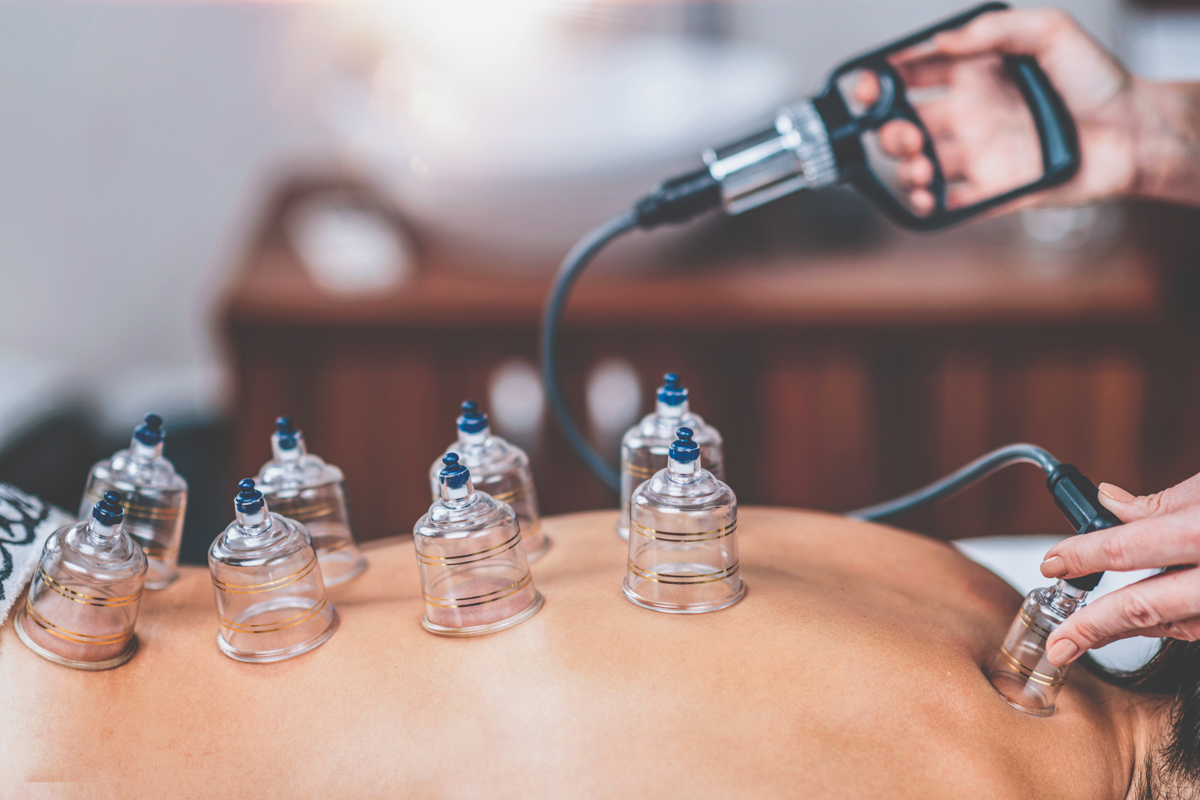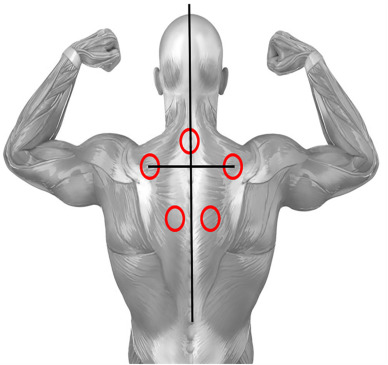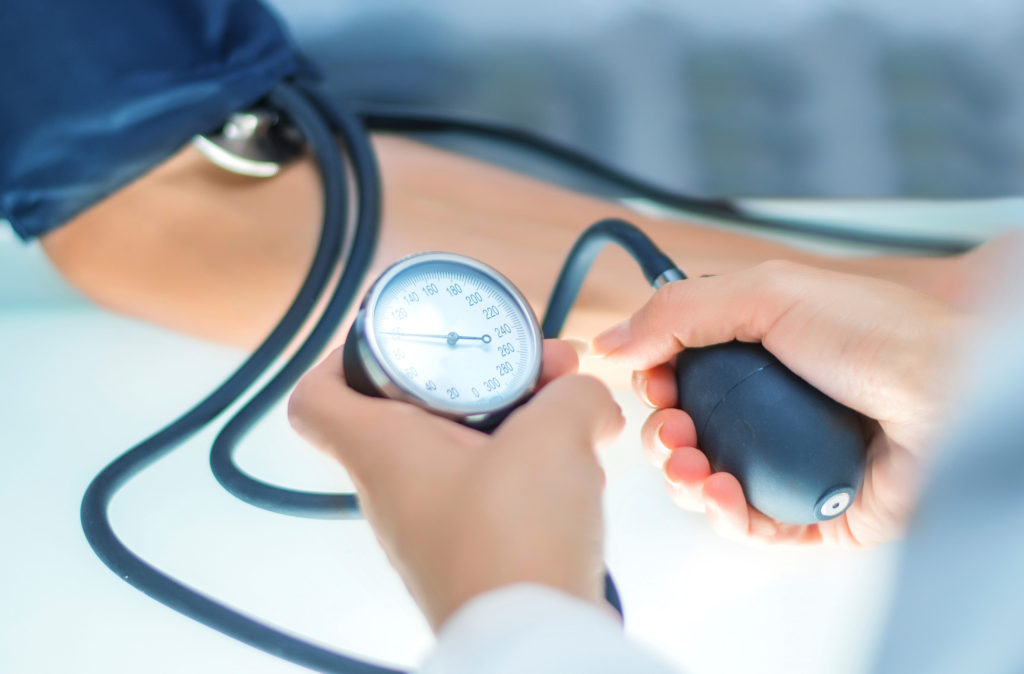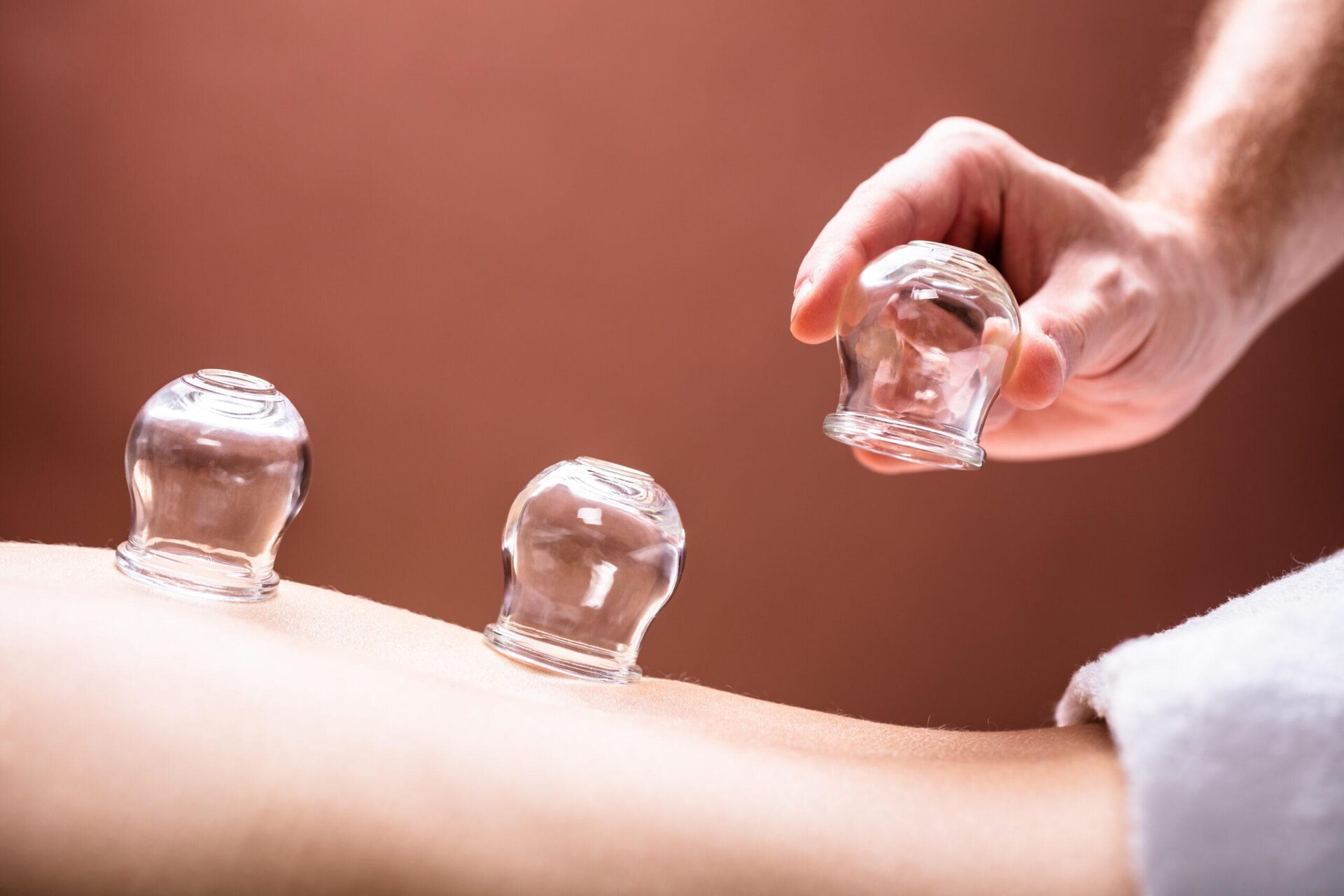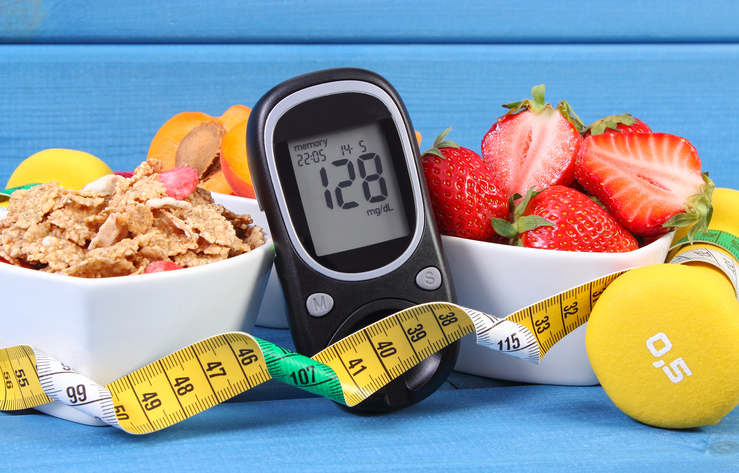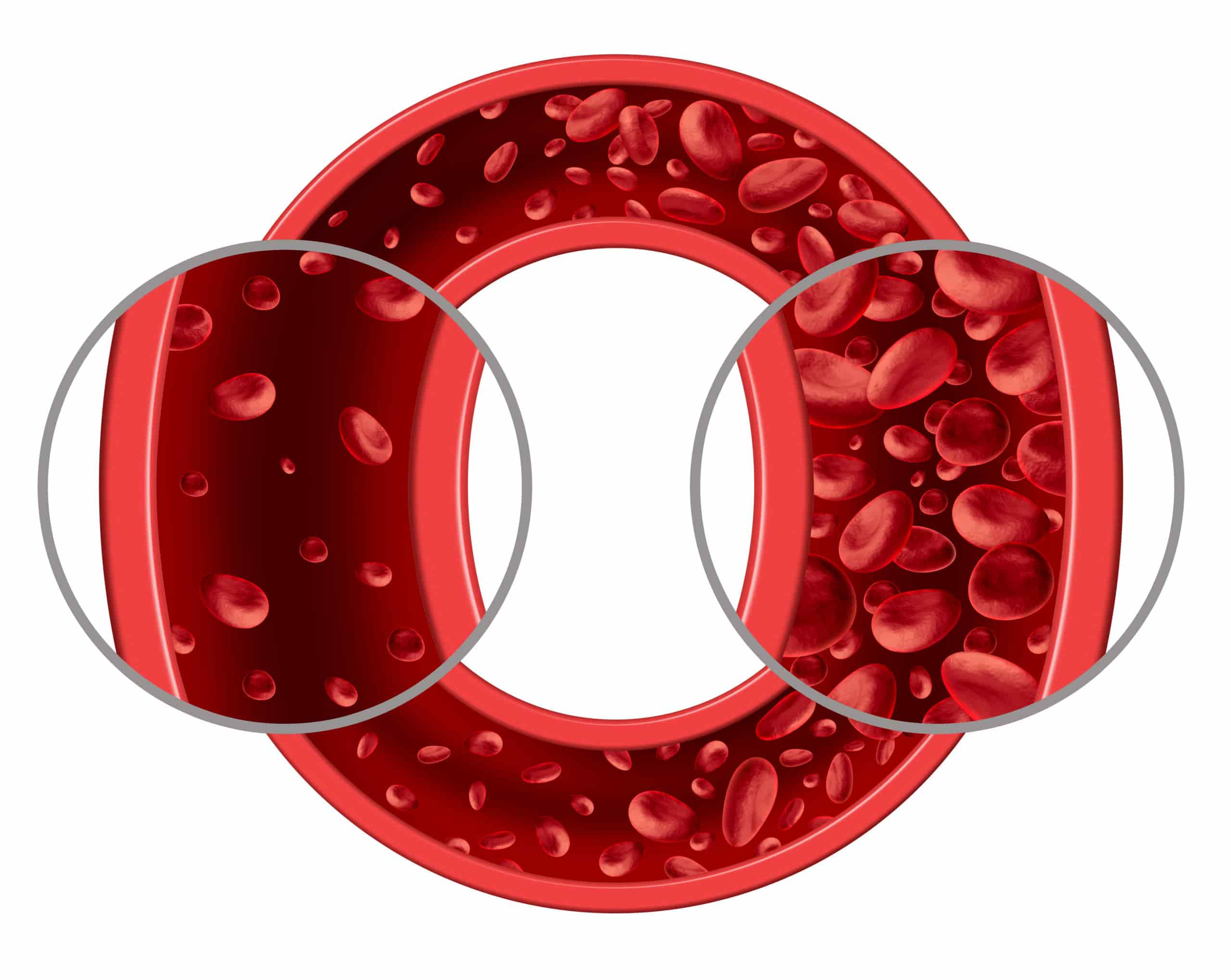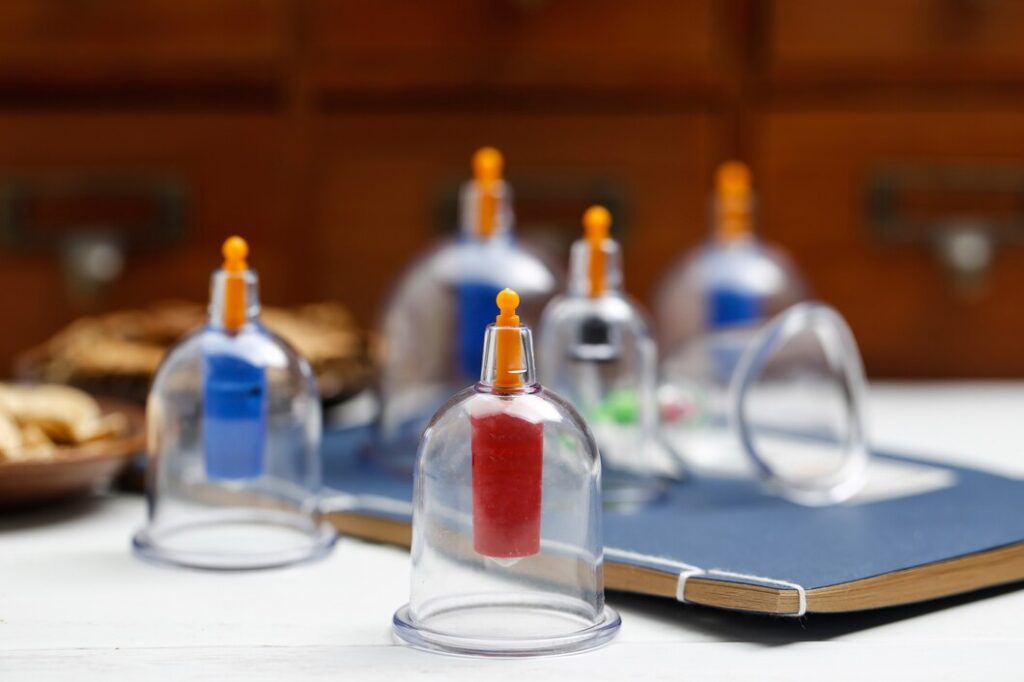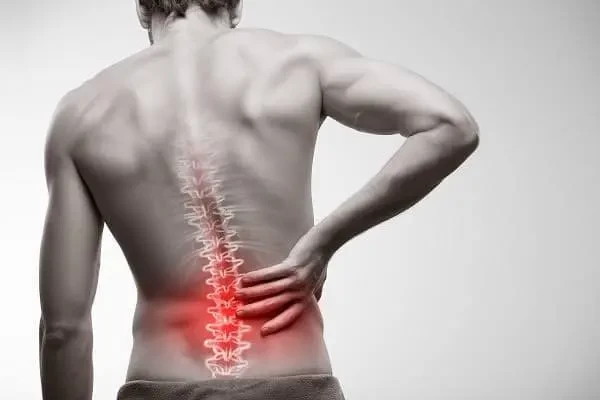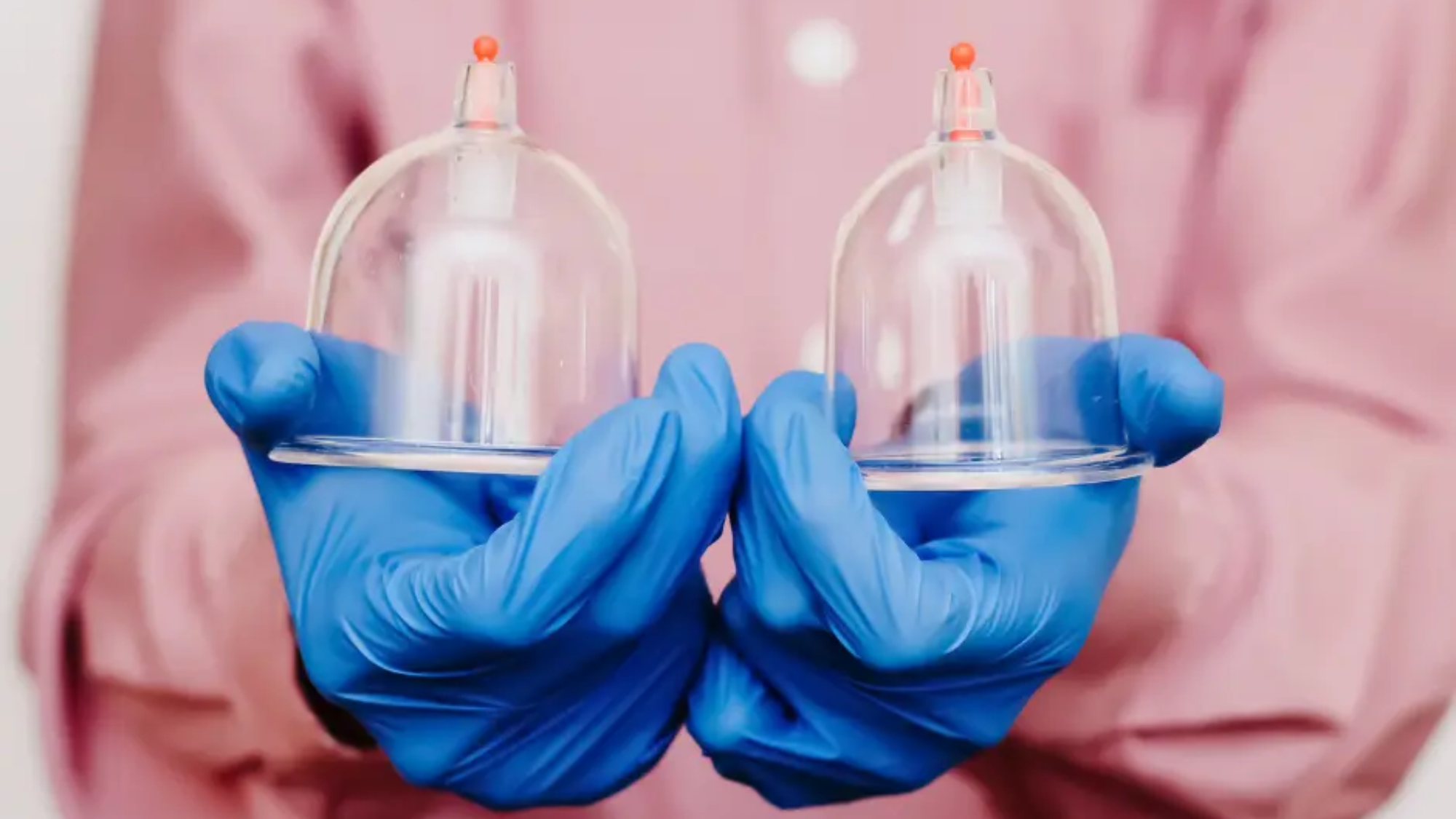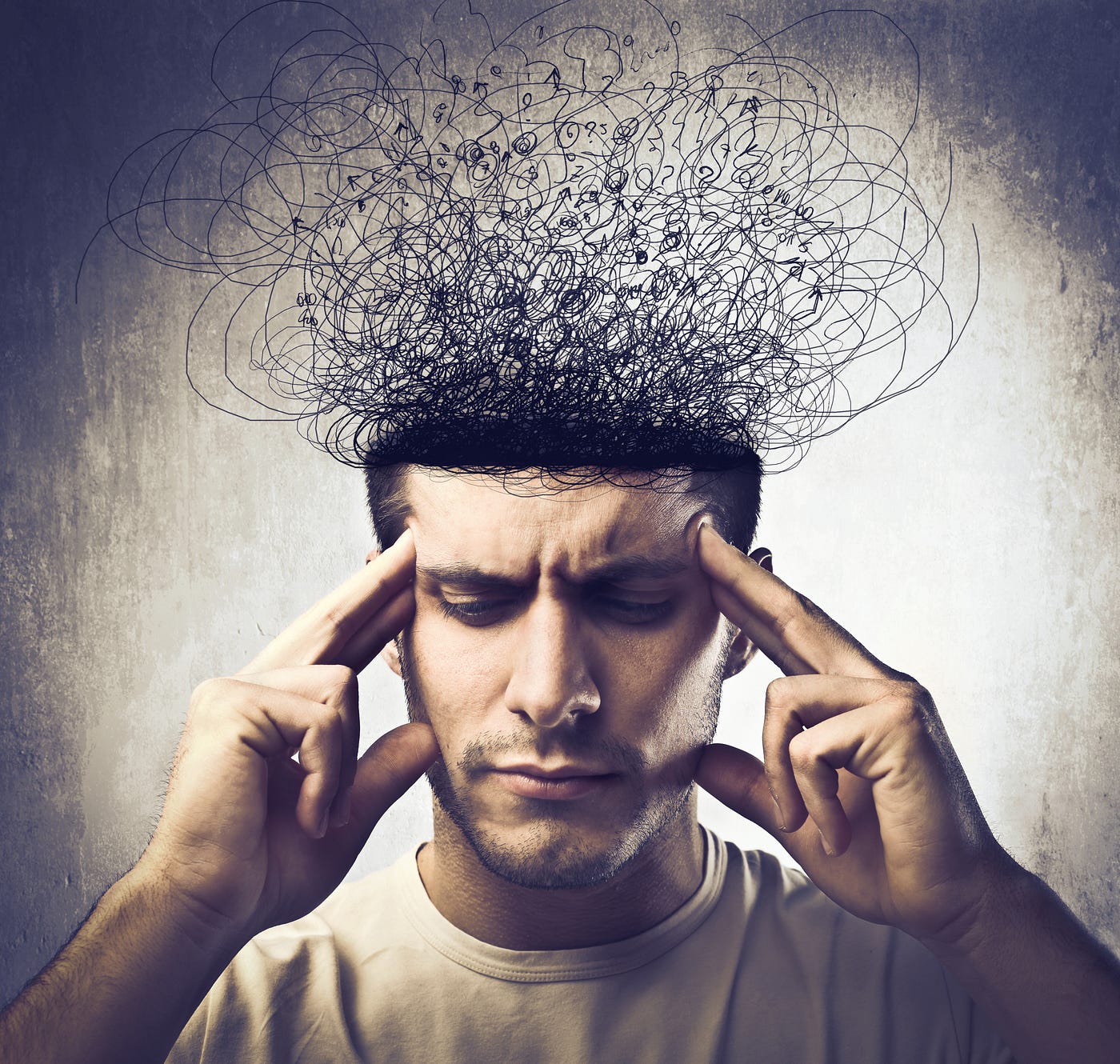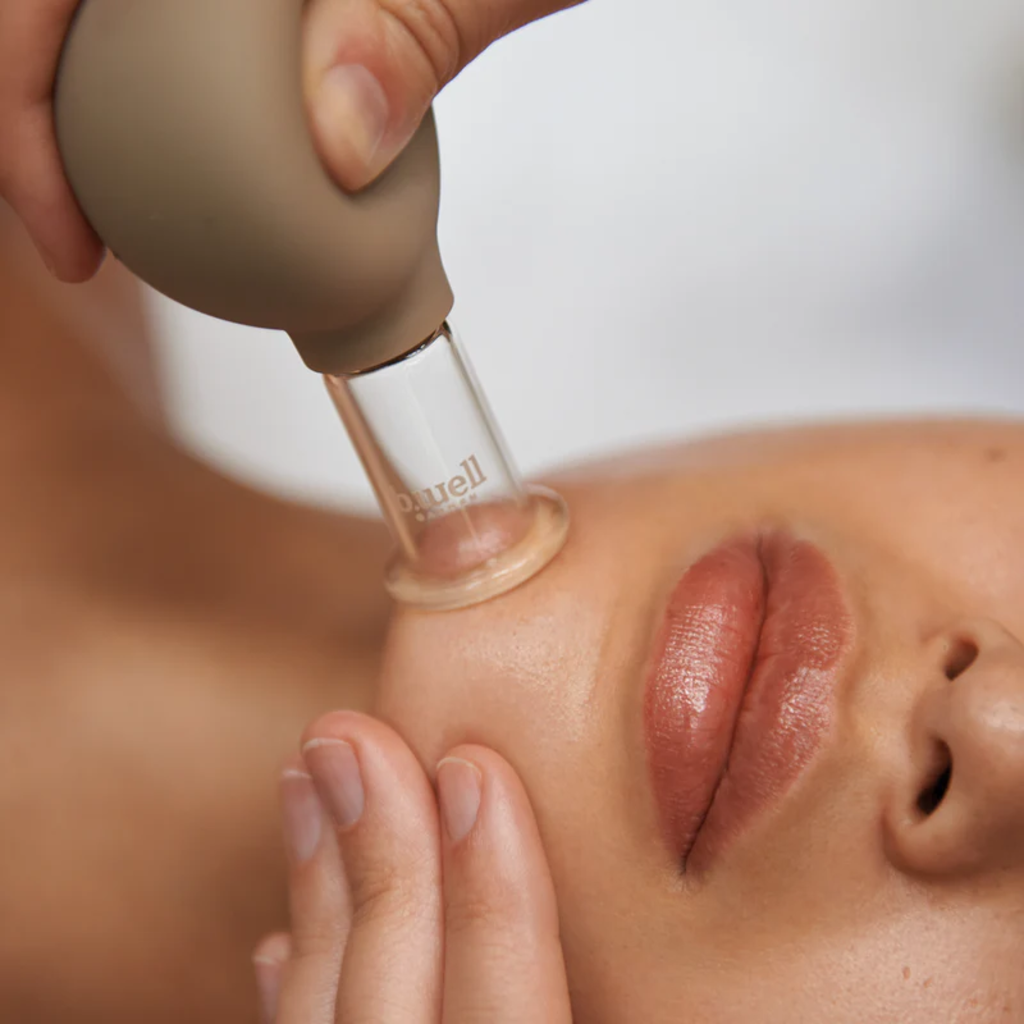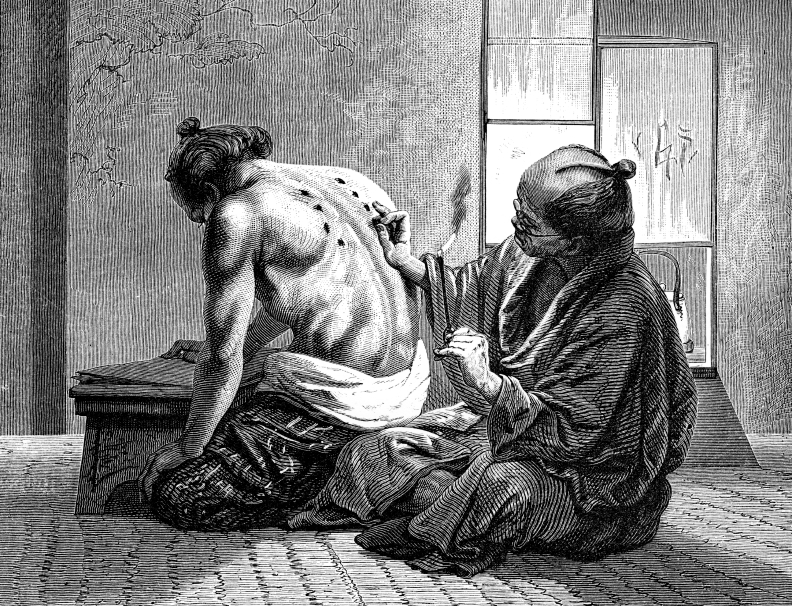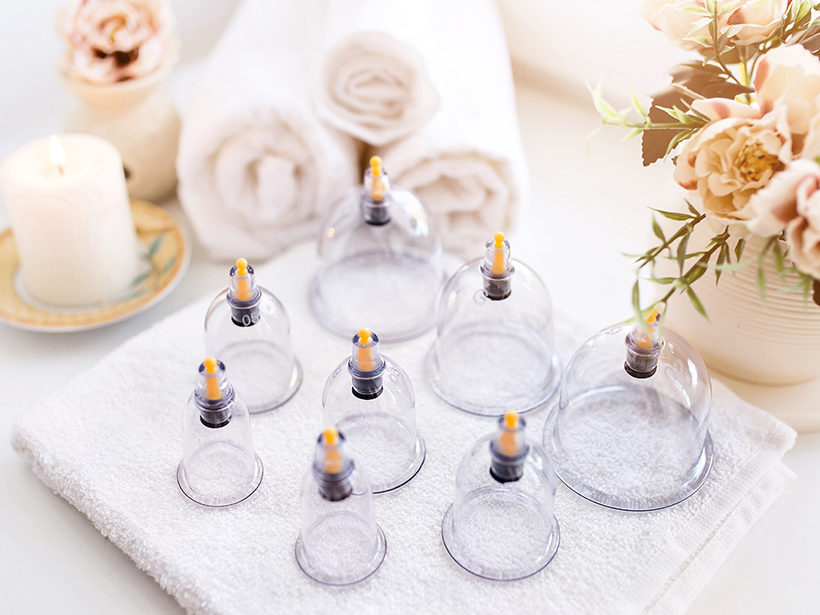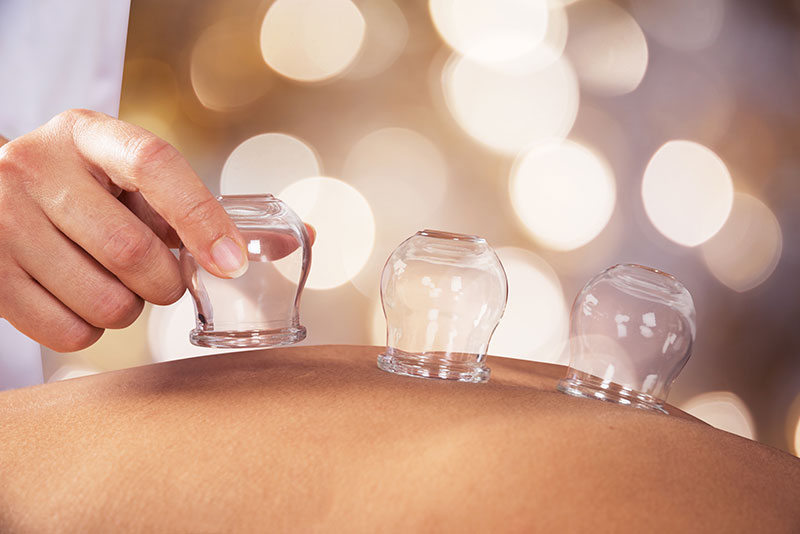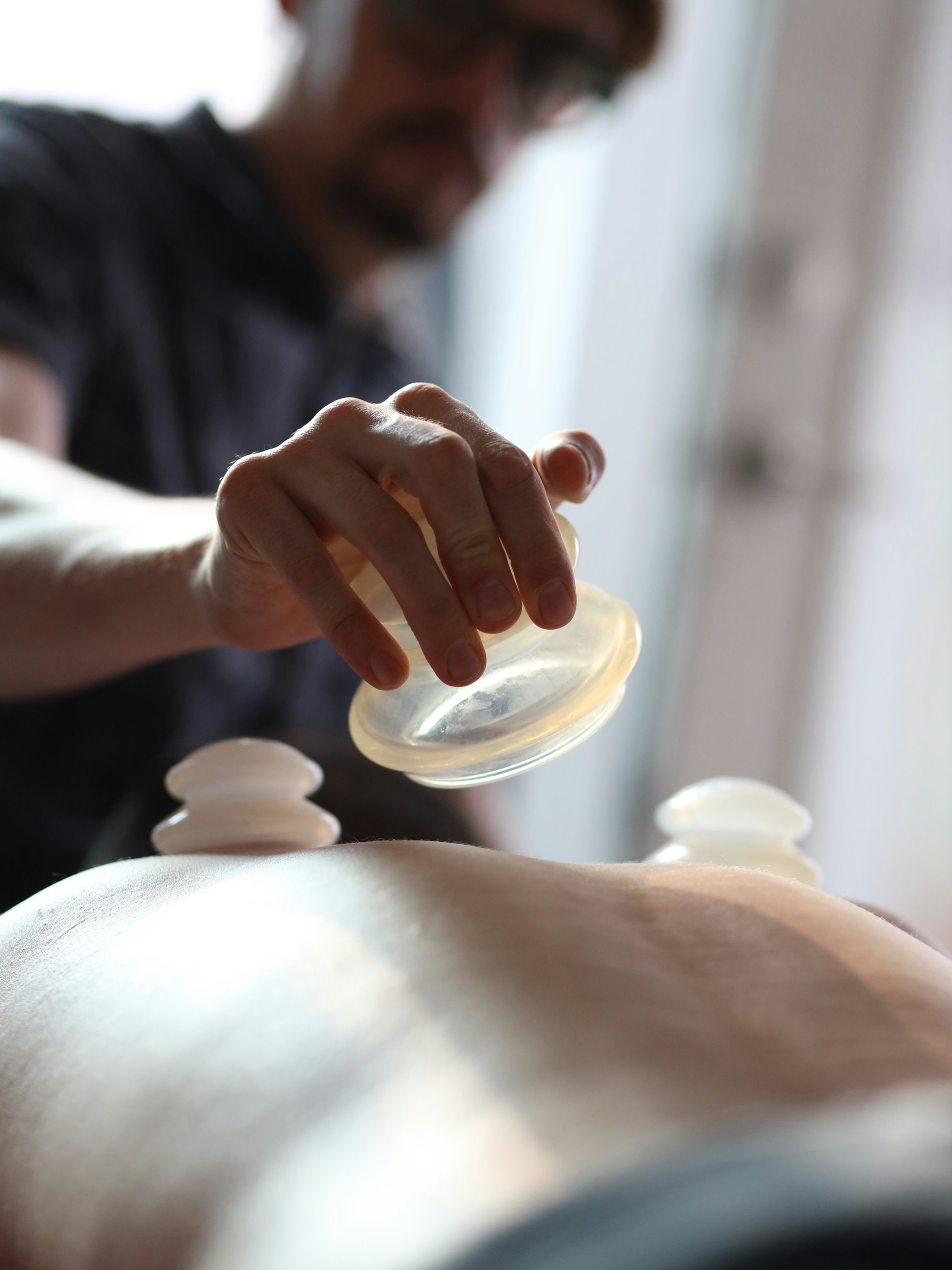A Unique Perspective on Gout: More Than Just Big Toe Pain
Gout is commonly known as a prevalent and complex form of arthritis, but our perspective goes beyond viewing it as just a sharp pain in the big toe. It’s a condition that significantly affects individuals’ quality of life, characterized by sudden and severe attacks of pain, swelling, and redness in various joints. A patient may wake up in the middle of the night with an unbearable sensation of heat and pain in the affected joint—so intense that even the weight of a sheet may feel heavy. Although symptoms may come and go, understanding how to manage and prevent these flare-ups remains an ongoing challenge.
Symptoms of Gout: The Body’s Painful Language
The signs and symptoms of gout often appear suddenly, and frequently at night. These include:
Intense Joint Pain: While gout often affects the large joint of the big toe, it can impact any other joint in the body such as the ankles, knees, elbows, wrists, and fingers. The pain typically peaks within the first 4 to 12 hours after a flare begins.
Lingering Discomfort: Even after the sharp pain subsides, some joint discomfort may persist for days or even weeks. With recurring attacks, more joints are likely to be affected.
Inflammation and Redness: The affected joint becomes swollen, tender to the touch, warm, and visibly red.
Limited Range of Motion: As gout progresses, moving the affected joint normally may become difficult.
Cupping Therapy and a New Approach to Gout Treatment: Merging Science and Tradition
At Khalid Al-Zalal Cupping Center, we adopt a unique perspective grounded in rigorous scientific research, bridging the latest advancements in modern medicine with ancient medical theories centered around Cupping (cupping therapy). This integration aims to achieve the best possible outcomes for gout patients.
Cupping and Kidney Function: A New Window to Uric Acid Elimination
Scientific studies link Cupping therapy with improving the kidneys’ ability to filter blood and excrete excess uric acid through urine. This is achieved by stimulating blood circulation and enhancing blood flow to the kidneys, boosting their capacity to eliminate the acid that causes gout.Pain and Inflammation Relief: Cupping Dual Mechanism
Cupping offers an effective means of relieving the pain of gout attacks, reducing swelling and other signs of inflammation in the affected joint. This is attributed to the “Gate Control Theory of Pain,” where Cupping stimulates sensory nerves and reduces the pain signals sent to the brain. Additionally, it increases the release of endorphins—a natural painkiller produced by the body.Muscle Relaxation and Improved Mobility: The Deep Impact of Cupping
Cupping helps relax the muscles surrounding the affected joint by increasing the release of nitric oxide. This compound dilates blood vessels and improves blood flow to muscles, resulting in greater range of motion and reduced stiffness, thereby enhancing patients’ quality of life.
Cupping as an Integrative Treatment: A Holistic View of Managing Gout
While Cupping shows promising potential in treating gout, at Khalid Al-Zalal Cupping Center, we emphasize its role as a complementary therapy that supports—not replaces—conventional medical treatments. Patients should continue consulting their doctors and following prescribed treatment plans, with the option of adding Cupping as a supportive element under medical supervision.
A Unique Conclusion
Cupping therapy offers a unique and promising perspective in managing gout. Through its potential effects on kidney function, pain and inflammation relief, and muscle relaxation, it can contribute to symptom improvement and better quality of life. However, thoughtful integration with conventional medical treatments and individualized evaluation remains the cornerstone of achieving the best outcomes.

